Description
**”The Way Out: A Revolutionary, Scientifically Proven Approach to Healing Chronic Pain”** is a book written by Dr. Alan Gordon, a clinical psychologist and pain expert. The book offers a new approach to understanding and treating chronic pain, which is often misunderstood as a purely physical condition. Instead, Dr. Gordon presents the idea that many forms of chronic pain are largely influenced by the brain’s response to stress and trauma, and can be healed by retraining the brain and addressing emotional and psychological factors.
### Key Concepts from the Book:
1. **Mind-Body Connection**: Dr. Gordon emphasizes that chronic pain is not always caused by damage or injury to the body, but is often the result of the brain sending pain signals in the absence of physical harm. This is known as **mindbody syndrome (MBS)** or **somatic symptom disorder**. The pain can be triggered by emotional stress, trauma, and unresolved psychological issues.
2. **Neuroplasticity and Healing**: The book leverages the concept of **neuroplasticity**, which is the brain’s ability to reorganize itself by forming new neural connections. Dr. Gordon suggests that by understanding how the brain processes pain, individuals can “retrain” it to stop producing chronic pain responses. Techniques like mindfulness, meditation, and cognitive behavioral therapy (CBT) are often used to help with this process.
3. **The Psychobiological Model**: The approach in “The Way Out” draws on the idea that chronic pain can be seen as a result of the brain’s attempt to protect a person from emotional or psychological distress. When the brain experiences emotional overload or trauma, it may amplify pain as a way to divert attention from the underlying psychological issue.
4. **Pain Reprocessing Therapy (PRT)**: The book introduces the concept of **Pain Reprocessing Therapy (PRT)**, a technique designed to help people reframe their perception of pain and reduce its intensity by addressing the psychological components. PRT aims to break the cycle of chronic pain by changing how the brain interprets and reacts to pain signals.
5. **Personal Stories and Case Studies**: Throughout the book, Dr. Gordon provides real-life examples of people who have successfully used these methods to reduce or eliminate their chronic pain. These stories help readers see that healing is possible and encourage them to explore the approach in their own lives.
### Why It’s Revolutionary:
– **New Perspective**: It challenges traditional views of chronic pain, which often focus on treating symptoms through medications or surgeries. Instead, it looks at the root causes of pain, which are often psychological or emotional.
– **Empowerment**: The approach empowers individuals to take control of their healing by learning how to retrain their brains and address emotional trauma.
– **Scientifically Supported**: Dr. Gordon backs his methods with research in neuroscience, psychology, and pain management, making the approach scientifically credible.

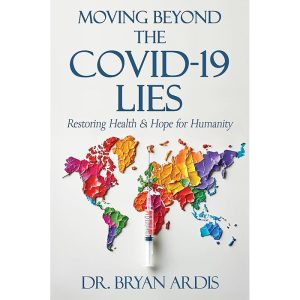
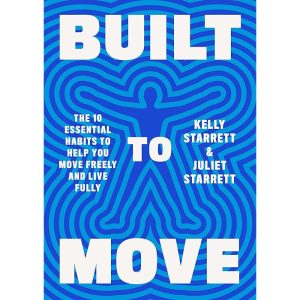
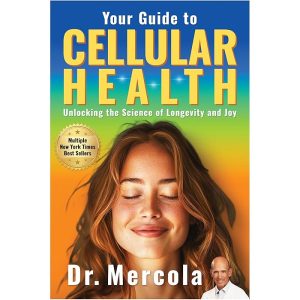



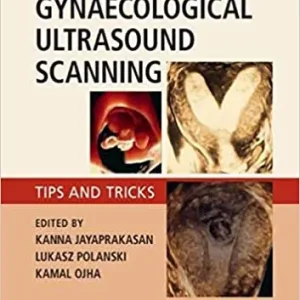
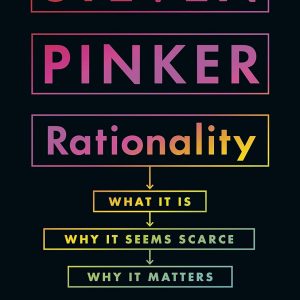
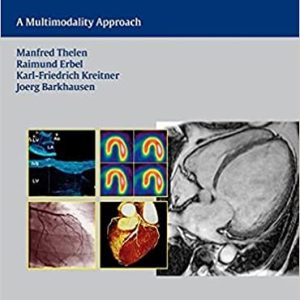

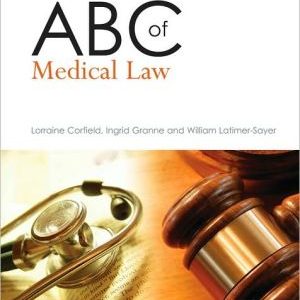
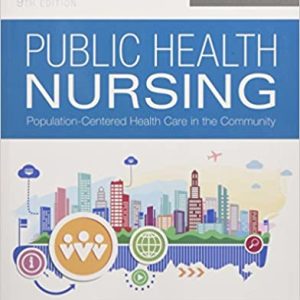
Reviews
There are no reviews yet.